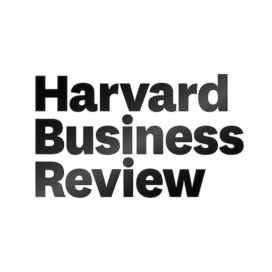Carlyle’s big returns for investment funds elude regular shareholders so far
Published: June 5, 2016 / Author: Thomas Heath, Washington Post

Timothy Loughran
Carlyle Group co-founder David M. Rubenstein extolled his private-equity firm’s investment success at a financial conference recently. The billionaire philanthropist proudly pointed to the nearly 20 percent annual return earned by pension funds and others who have placed billions in Carlyle’s investment funds over the past three decades.
“If you are going to look at every single asset class, which one has performed the best, it’s clearly private equity,” Rubenstein said, referring to the D.C.-based firm’s various investment funds.
What Rubenstein did not praise is Carlyle’s stock price.
Those who have bought the company’s publicly traded shares in hopes of sharing in the magic have not done nearly as well as the investors in Carlyle’s worldwide array of funds.
The owners of Carlyle’s shares have lagged behind the broader stock market in the four years the investment firm has been publicly traded.
Carlyle stock is trading nearly 26 percent below the price at which it debuted on the Nasdaq exchange in May 2012.
Investors who placed their money in a fund comprising the 500 biggest companies in the United States in May 2012 would be up 50 percent by comparison.
“We are disappointed with our unit price performance over the past year,” said Carlyle president and chief operating officer Glenn A. Youngkin. “That said, we do think the market has misunderstood the earnings prospects for our whole sector.”
Youngkin pointed out that Carlyle’s stock is up 5 percent this year.
Why do the fund investors outperform shareholders?
Under Carlyle’s business model, the institutions and wealthy individuals who give Carlyle their money to invest — also known as limited partners — receive 80 percent of the profit from Carlyle deals.
Of the remaining 20 percent, a set amount goes to Carlyle and another set amount goes to shareholders in the form of dividends, or “distributions.”
Carlyle has paid out $7.43 per share in distributions to those shareholders since going public, which is a big incentive for buyers.
But the distribution apparently has not been enough to boost demand for the stock.
Timothy Loughran, a finance professor at the University of Notre Dame’s Mendoza College of Business, said blockbuster deals are getting scarcer, although Carlyle just last week sold a company to Johnson & Johnson that returned four times its investment of $400 million.
“It’s not just Carlyle’s problem,” Loughran said. “A number of private-equity firms are having difficulties. It’s becoming harder to do some of these deals. Some of the low-hanging fruit has already been consumed.”
Read the entire story on the Washington Post website.
Related Stories




